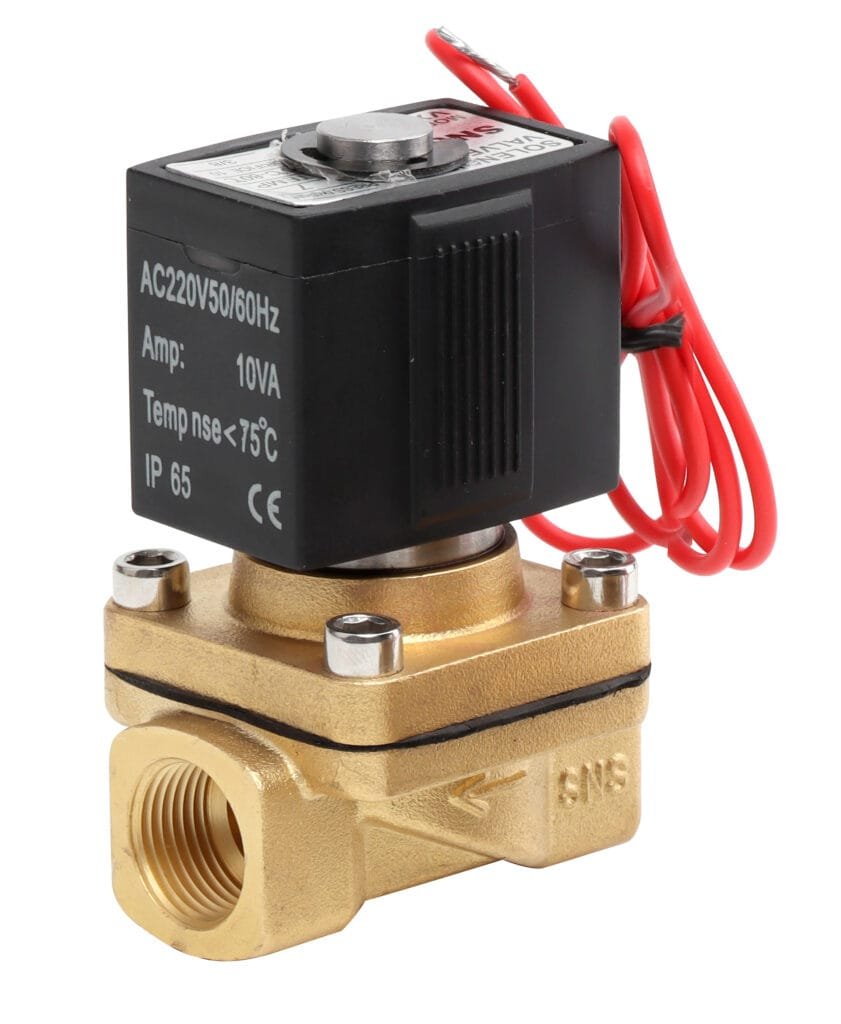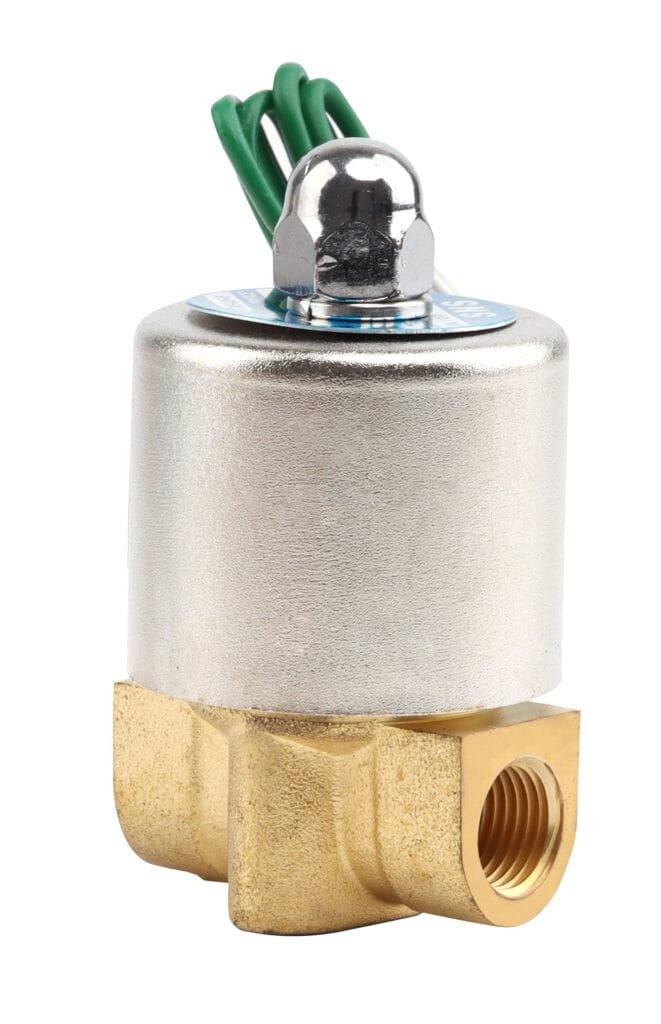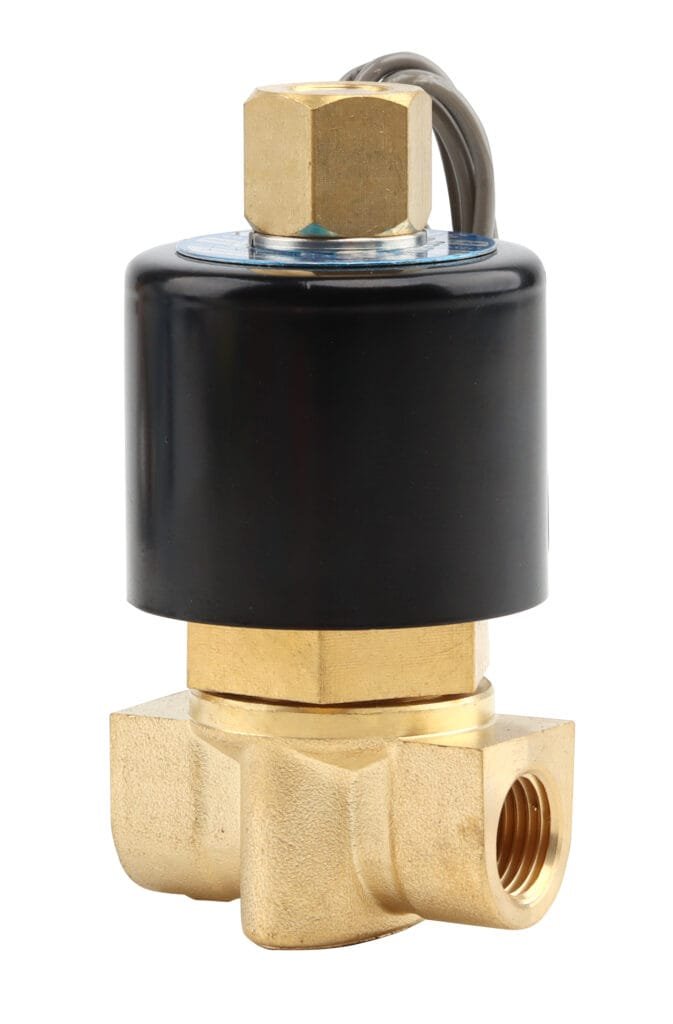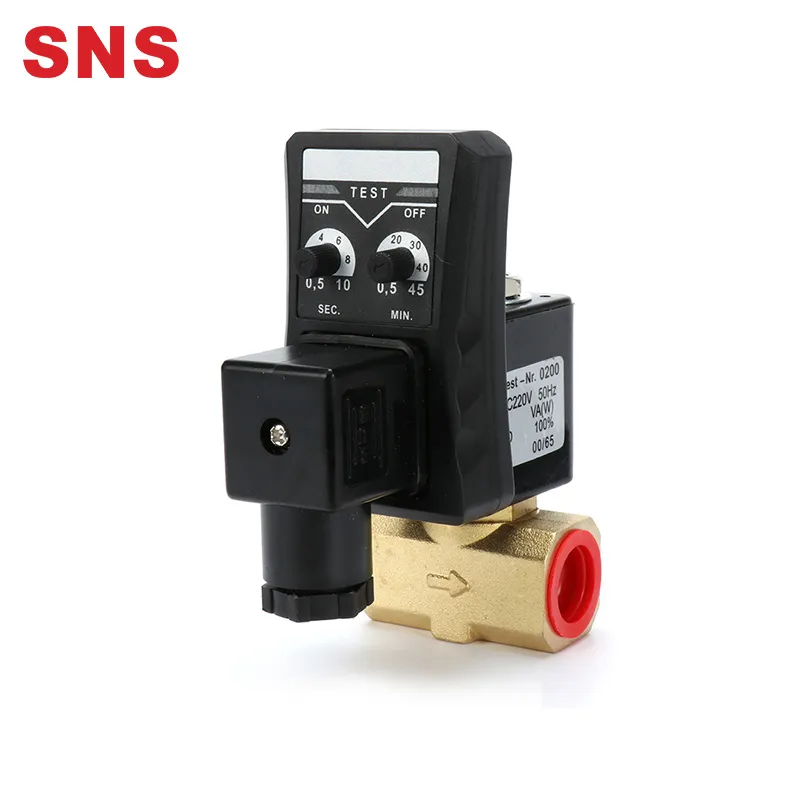How to Test a Solenoid Valve
Solenoid valves are essential components in controlling the flow of fluids or gases in many industrial and commercial applications. Testing a solenoid valve is crucial to ensure its proper functioning and to prevent potential system failures.
Understanding how to effectively test a solenoid valve can save time and resources, while ensuring reliability in your processes. Let’s delve into the practical steps you need to follow to accurately assess the performance of your solenoid valves.

How do I know if my solenoid valve is bad?
Detecting a faulty solenoid valve involves paying attention to the signs of operation failure or inconsistencies in system performance. Typical indicators include unusual noises such as clicking or humming when the valve should be operating, no response when it should be opening or closing, an unexpected temperature change in the fluid being controlled, or poor flow conditions that suggest an improper valve action. Physical inspection might reveal overheating, which can cause damage to the coil and surrounding components. Additionally, sticking during operation or a complete failure to actuate are clear signs that there could be an issue within the solenoid assembly itself. If a leak is present around the valve body or fittings, it may also indicate that seals have failed or are compromised.
| Symptom | Possible Indication |
|---|---|
| Unusual noises (clicking, humming) | Electrical issues; possible coil malfunction |
| No response during operation | Electrical failure; mechanical obstruction |
| Unexpected temperature changes | Control inconsistency; sensor malfunction |
| Poor flow conditions | Obstruction; incorrect valve sizing/function |
| Physical overheating | Overuse; electrical overload |
| Sticking or failure to actuate | Mechanical wear; internal damage |
| Leaks around body or fittings | Failed seals; cracked components |
When to Test a Solenoid Valve
Testing a solenoid valve is essential in various stages of its lifecycle to ensure proper function and performance. The need for testing arises during installation to validate that the valve is correctly fitted and functional before it becomes an integral part of a system. Additionally, after performing any maintenance on the valve or associated equipment, re-testing is prudent to confirm that all components operate as expected.
Before commissioning new systems or subsystems that incorporate solenoid valves, thorough testing must be carried out. This ensures that any potential issues are identified and rectified prior to the system being put into service, ultimately preventing downtime or damage caused by valve failures.
Most importantly, testing should be performed when there are suspected problems with the solenoid valve. Common indicators of issues include leaks, audible noises indicative of mechanical failure, erratic operation, or complete non-functionality of the valve which might impair system performance. Testing under these circumstances can quickly diagnose whether the solenoid valve is the source of the problem or if further analysis of other system components is necessary.
| Testing Occasion | Purpose |
|---|---|
| During Installation | To confirm that the solenoid valve has been installed correctly and that it functions according to specifications before integrating it into a larger system. |
| After Maintenance | To verify the proper operation of the solenoid valve post-maintenance activities to ensure no additional issues were introduced. |
| Before Commissioning | To validate that all components within a new or updated system — including solenoid valves — work together harmoniously without introducing defects into operations. |
| Suspected Problems | To diagnose whether malfunctions such as leaks, unusual noises, or operational inconsistencies are directly related to the solenoid valve versus other system parts. |

How to Test a Solenoid Valve Coil with a Multimeter
Testing a solenoid valve coil with a multimeter is a straightforward process that involves resistance and voltage testing.
Resistance Testing:
- Disconnect the solenoid valve coil from the system to prevent any electrical interference.
- Set your multimeter to resistance mode (Ohmmeter).
- Place the multimeter probes on the solenoid terminals.
- A healthy coil will show a resistance value typical for that specific model—refer to the manufacturer’s specifications for correct values.
- If the reading is far beyond or below recommended levels, this could indicate an open or shorted coil.
Voltage Testing:
- Reconnect the solenoid valve coil after completing resistance checks.
- With your multimeter set to voltage mode, connect the probes to the power input of the solenoid.
- Energize the system and observe if the voltage matches what is required according to specs—it should be within operational parameters.
- A significant variation in voltage can result in improper operation or no operation at all, which might suggest issues with external power sources or wiring.
Shock Protection:
- Before conducting any tests, ensure all power sources are turned off and tagged out per lockout/tagout procedures.
- Always use insulated tools and wear rubber-soled shoes when testing electrical components.
- Avoid touching other metal objects while holding meter probes against live circuits.

Solenoid Valve Functional Testing
1.Resistance Testing
Set your multimeter to the resistance or ohms (Ω) setting.
Begin by powering off the solenoid valve and ensuring it is de-energized to prevent any electrical hazards. Next, disconnect the solenoid valve from its power source and remove any wiring that may interfere with your measurement.
Place one probe of the multimeter on one terminal of the solenoid coil, and the other probe on the other terminal. Note down the resistance reading displayed by the multimeter. The value obtained should be compared with the nominal resistance value specified by the manufacturer, often found in technical documents or labeled on the valve itself.
If your reading falls within ±10% of this nominal value, your solenoid coil is generally considered to be in good condition. A significantly higher or lower reading can indicate an open circuit or a shorted coil, respectively. If these discrepancies are observed, it may suggest that there’s damage to the windings or an issue with internal connections.
Lastly, inspect with caution as both continuity and resistance tests do not guarantee absence of defects like internal insulation failures possibly caused by high voltage spikes. They can offer insightful initial checks for basic electrical integrity but should be complemented by functional testing under load conditions for comprehensive evaluation.
2.Voltage Testing
- Set your multimeter to measure AC or DC voltage according to your system’s specification.
- Connect the multimeter probes to the solenoid’s input terminals; red probe to positive and black probe to negative/ground.
- Power on the system carefully, ensuring your hands and tools are not in contact with any live components.
- Observe the reading on the multimeter display; it should be within a few volts of the rated coil voltage.
- A correct reading indicates that proper voltage reaches the solenoid valve’s coil, suggesting healthy electrical connections and adequate supply.
- If there is no reading or if the reading is significantly lower than expected, it may indicate an issue with electrical supply, wiring, or potentially, a defective coil.
3.Shock Protection
In the process of testing a solenoid valve, it is imperative to prioritize safety measures, particularly shock protection. As you prepare to test the solenoid valve, ensure that the power supply is disconnected to prevent any accidental electrical shocks. Before handling or using a multimeter on the valve’s coil, it should be confirmed that there is no residual current. Always wear appropriate protective gear such as insulated gloves and eye protection when working with electrical components.
Additionally, one should be careful not to short-circuit the multimeter probes while conducting resistance or voltage testing. It’s advisable to set the multimeter to the correct measurement type and range prior to contact with solenoid terminals to avoid damage to the meter and potential electric shock.
If available, use tools with insulated handles and follow proper lockout-tagout (LOTO) procedures which ensure that energy sources are controlled and clearly marked during maintenance activities. Continuous awareness of your surroundings and diligence in applying these shock protection protocols will ensure a safe environment during the evaluation of solenoid valves.

4.Solenoid Valve Functional Testing
Conducting a functional test on a solenoid valve is essential to ensure it operates correctly within the system. This process involves several key steps that work together to validate the overall performance and reliability of the valve when in its typical working environment.
- Preparation: Before starting the test, make certain you have shut off the power supply to avoid any safety hazards. Ensure that the valve is correctly installed and that all connections are secure.
- Supply Power: Once set up, apply power to the solenoid coil; listen for an audible click, which indicates that the solenoid plunger is operating.
- Pressure Application: Apply operational pressure to the valve by following manufacturer specifications. Monitor for any unusual noise which could indicate internal damage or obstruction.
- Observation: Observe the inlet and outlet ports; there should be no flow if the valve is normally closed and powered off, or continuous flow if normally open.
- Activation and Deactivation: Activate the solenoid by supplying power (if not already done) for a normally closed valve and observe whether it opens as intended allowing fluid flow through it. By deactivating (cutting off power), check if it closes promptly, ceasing fluid flow.
- Leak Test: Check all fittings and connections for leaks using approved detection methods like soap solution or gas detectors specific to your system requirements.
- Response Time: Measure response time of opening and closing; compare with expected performance criteria provided by manufacturers to assess if there are delays suggesting wear or other issues.
- Duty Cycle Test (if applicable): If the valve is meant for continuous operation or has specified duty cycles, run it through its paces according to these stipulations over an extended period to verify long-term functionality.
- Manual Override Test (if applicable): Some valves come with a manual override feature; engage this function to confirm manual operation works correctly without electrical input.
- Documentation: Lastly, document all observations including response times, flow rates at various pressures, and any abnormalities witnessed during testing or activation/deactivation sequences.
In conclusion
In summary, proper testing of a solenoid valve involves a systematic approach to inspect its electrical and mechanical operation, ensuring that it functions correctly for safe and efficient system performance.
If you require further assistance with solenoid valve testing or are looking for high-quality replacement parts for your system, do not hesitate to contact our expert team. We are committed to providing you with the support and resources needed to maintain optimal functionality of your equipment.



